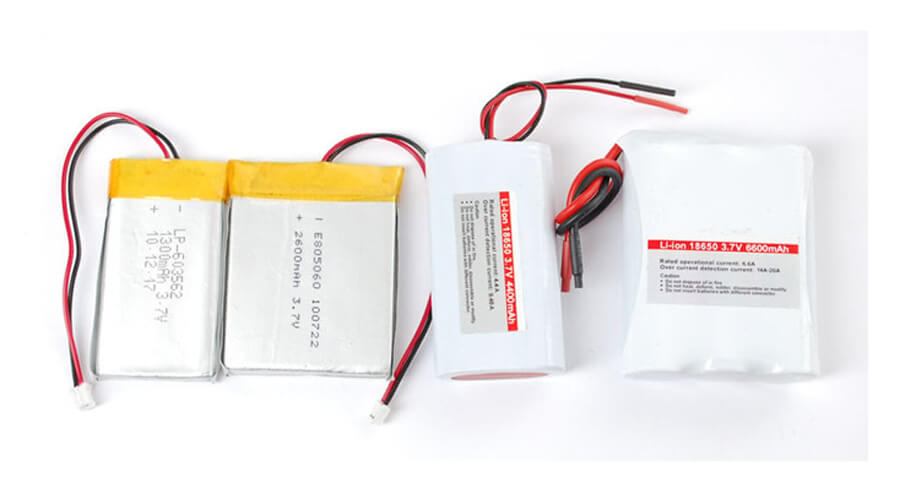Content
1. Composition and Mechanism of Action
2. Performance Comparison
3. Durability and Efficiency: Visualizing Battery Life Cycles
4. Conclusion
5. FAQs
In the realm of portable energy storage, lithium batteries dominate, thanks to their superior energy density and efficiency. Among the various types of lithium batteries, lithium polymer (LiPo) and lithium-ion (Li-ion) batteries stand out for their widespread use in a plethora of applications ranging from mobile electronics to electric vehicles. This article provides an in-depth comparative analysis of these two battery types, discussing their compositions, performances, applications, and inherent advantages and disadvantages.

Lithium-Ion Batteries: Li-ion batteries feature a cathode made of lithium metal oxide and an anode of graphite. The operation of these batteries involves the movement of lithium ions through a liquid electrolyte from the anode to the cathode during charging, and vice versa during discharge. This type of battery is encased in a rigid metal casing which is standardized for specific applications.
Lithium Polymer Batteries: LiPo batteries differ mainly in their use of a solid or gel-like polymer electrolyte instead of a liquid. This polymer electrolyte not only facilitates ionic movement but also doubles as a separator. The flexibility of the polymer allows these batteries to be encased in pouches that can be shaped to better fit the device, optimizing space utilization and reducing weight.
To offer a clearer understanding of how these battery types perform under various conditions, here’s a comprehensive table comparing several key metrics:
| Feature |
Lithium-Ion Batteries |
Lithium Polymer Batteries |
| Energy Density |
High (150-200 Wh/kg) |
Moderate-High (100-160 Wh/kg) |
| Lifecycle |
Typically 500-1500 cycles |
Generally 300-1000 cycles |
| Form Factor |
Rigid, limited customization |
Highly flexible, customizable shapes |
| Cost |
Lower cost due to mature manufacturing processes |
Higher cost, advanced materials |
| Safety |
Risk of thermal runaway and leakage |
Lower risk of leakage, safer under stress |
| Charging Speed |
Fast charging capabilities |
Generally slower compared to Li-ion |
| Maintenance |
Low maintenance, minimal memory effect |
Similar maintenance, slightly better durability |
| Applications |
Consumer electronics, EVs, large-scale storage |
Mobile devices, RC models, wearable technology |
A line chart demonstrating the comparative durability and efficiency of Li-ion and LiPo batteries over their life cycles provides clear insights into their performance over time:
Choosing between lithium polymer and lithium ion batteries involves considering various factors, including specific application needs, cost constraints, safety requirements, and performance expectations. As technology advances, the distinctions between these battery types continue to evolve, making ongoing research and development essential for informed decision-making in power storage solutions.
FAQs






